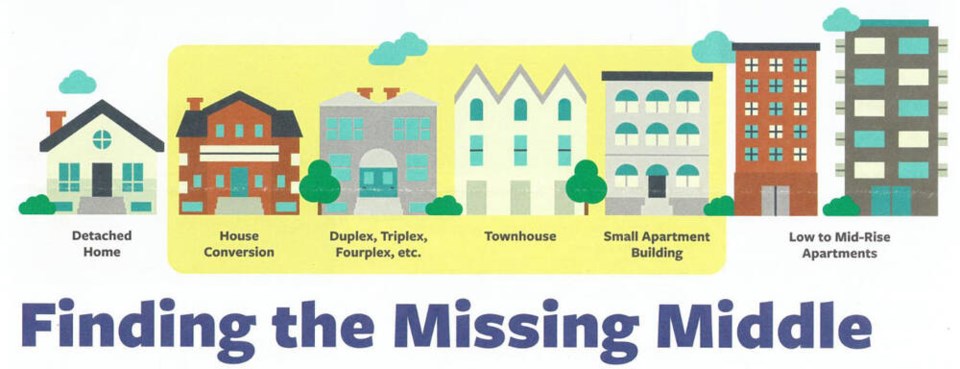A commentary by a Victoria resident who has been working in the community and watching councils for more than 40 years.
This new year, Victoria council has an interesting mix. On the one hand, seven of eight councillors are elected for the first time; on the other hand, a vote on a complicated and controversial plan for the whole city, the missing middle initiative, awaits.
Further, despite the transfer, no regulation ensures that the new councillors watch the recorded hearings. Citizens, now much more knowledgeable about missing middle, want a hearing directly with the new council before a vote.
The fact that the new councillors are struggling to learn a barrage of regulations means that the newcomers will require clarity and order in handling even small rezonings. Lack of experience means that some council actions become more difficult.
The councillors are banned from discussing missing middle with the people until the vote; the city clerk stated years ago that this rule is to make sure they all have the same knowledge.
It is essential to distinguish between that knowledge of proposals and the recognition of process flaws which can prevent meeting the real needs.
There are two major sets of process flaws up to now. The first set is the fact that the city hall focus has been on promoting “the pros” and minimizing “the cons” in our modern dilemma/crises.
I am not opposed to density, but require it to be balanced with two key factors: climate change and affordability.
Re climate change, Premier David Eby’s housing policy does not endorse tearing down a large number of residences, but prefers adding structures or renovation.
These actions are better since since the processes of tearing down and building again bring on more carbon and new materials will outflow increased carbon. Also, bigger buildings would mean huge loss of trees, proved essential during the heat dome.
Re affordability, at a July 12 open house, staff answered a question on it: “That was not our concern.”
Why, in a time of absolute crisis, encourage and facilitate so many unaffordable buildings, when most replace more affordable ones?
The second set of flaws has an illustration first appearing in the city’s fall 2021 Connect newsletter, sent out with bills.
The drawing of a streetscape, brightly coloured with different kinds of housing, ridiculously lacks scale, as the top of the one-and-a-half storey house is at the fourth floor level on apartment buildings!
Attractive as a children’s book illustration, the bright colours distract from thinking to count the storeys. The red six-storey apartment block is “squished” on top and sides. Important to note is that the picture sticks in the mind, so impedes realization of physical realities.
This graphic was sent to every residence in Victoria before the open house. Sending a correction and apology to the same places would show respect for citizens.
At the last video hearing, the illustration caused a stir and staff could not explain.
Following the last hearing, Ken Roueche asked that it be totally removed. Three months later, he heard from the engagement staff: “The illustrated graphic is part of the project branding and is not intended to be a technical drawing. The City had no intent to stop using the graphic at this time.”
Recently, the online engagement report cover for “Update And Next Steps” lost the graphic but it still accompanies explanations near the report’s end. Different kinds of buildings have mostly individual technical drawings. For rezonings, extended street views show the impact of the buildings in context, which would assist the councillors’ understanding.
Is promoting a city-wide plan with a known disinformation “product brand” ethical?
Last year a poll revealed that 80 per cent of citizens polled distrusted city hall.
If the vote happens with the uncorrected graphic, the implication is that no one – councillors included – would be able to trust city information and worry would arise about what is missing.
What an unhappy beginning!
>>> To comment on this article, write a letter to the editor: [email protected]



